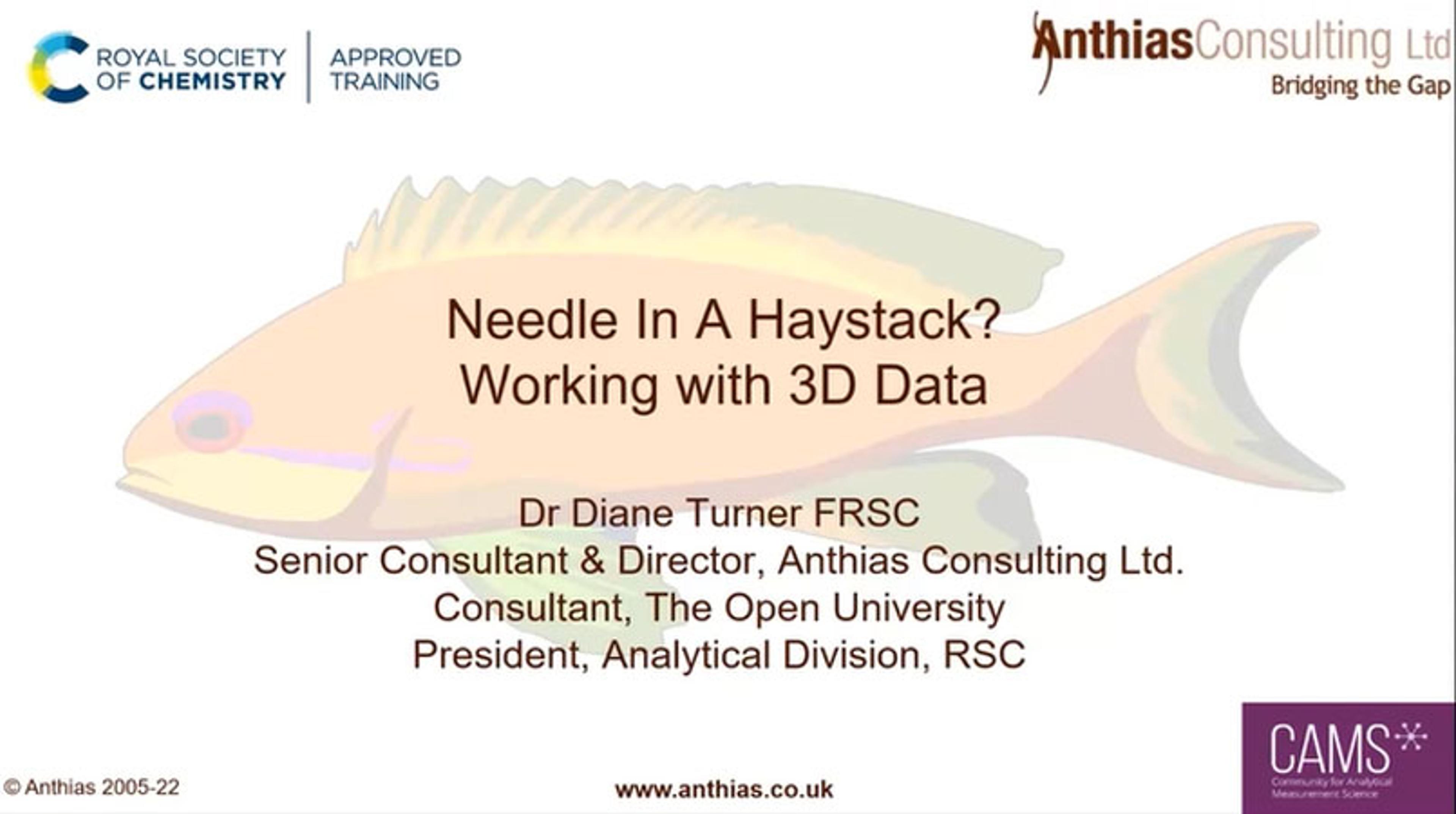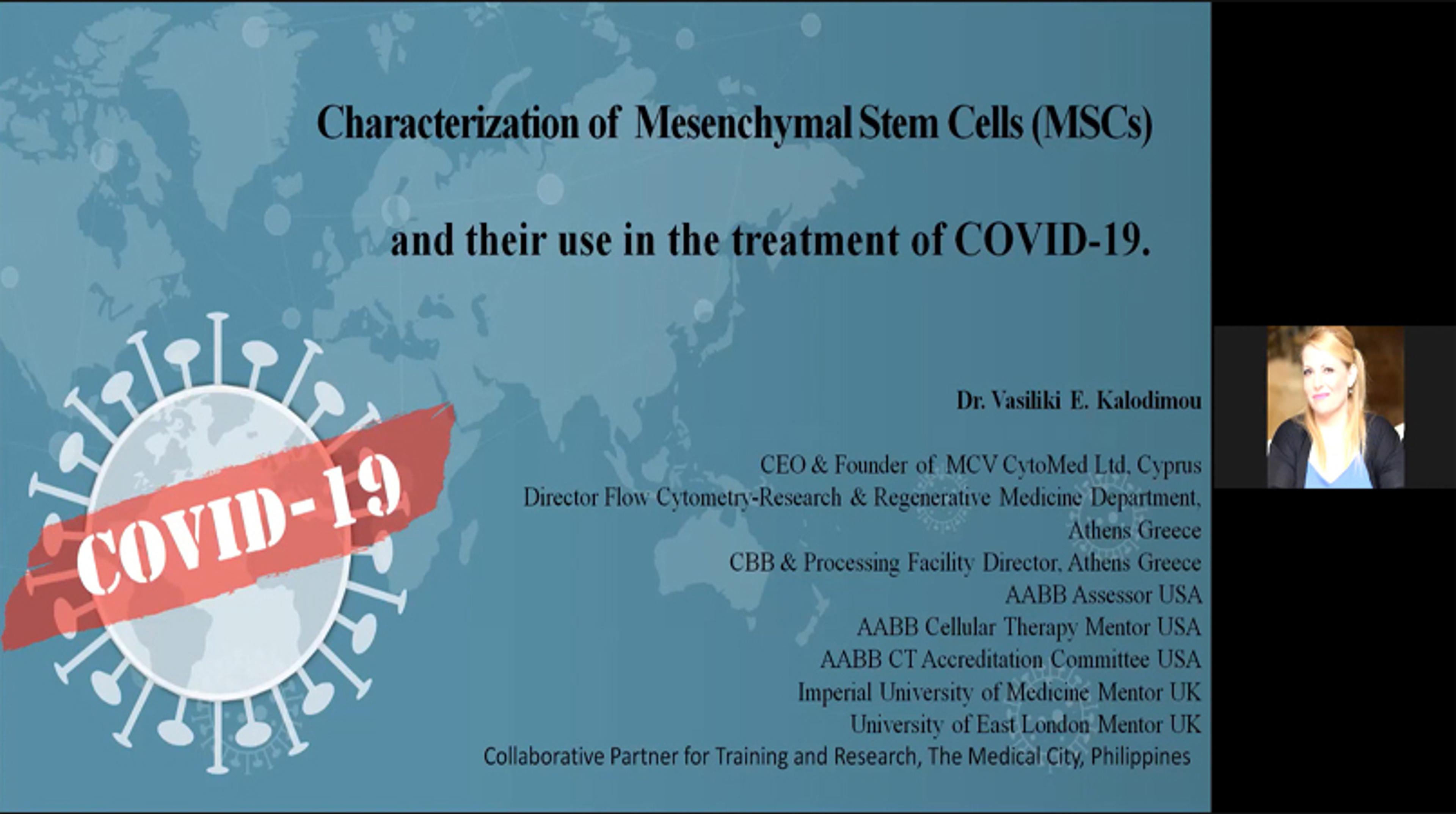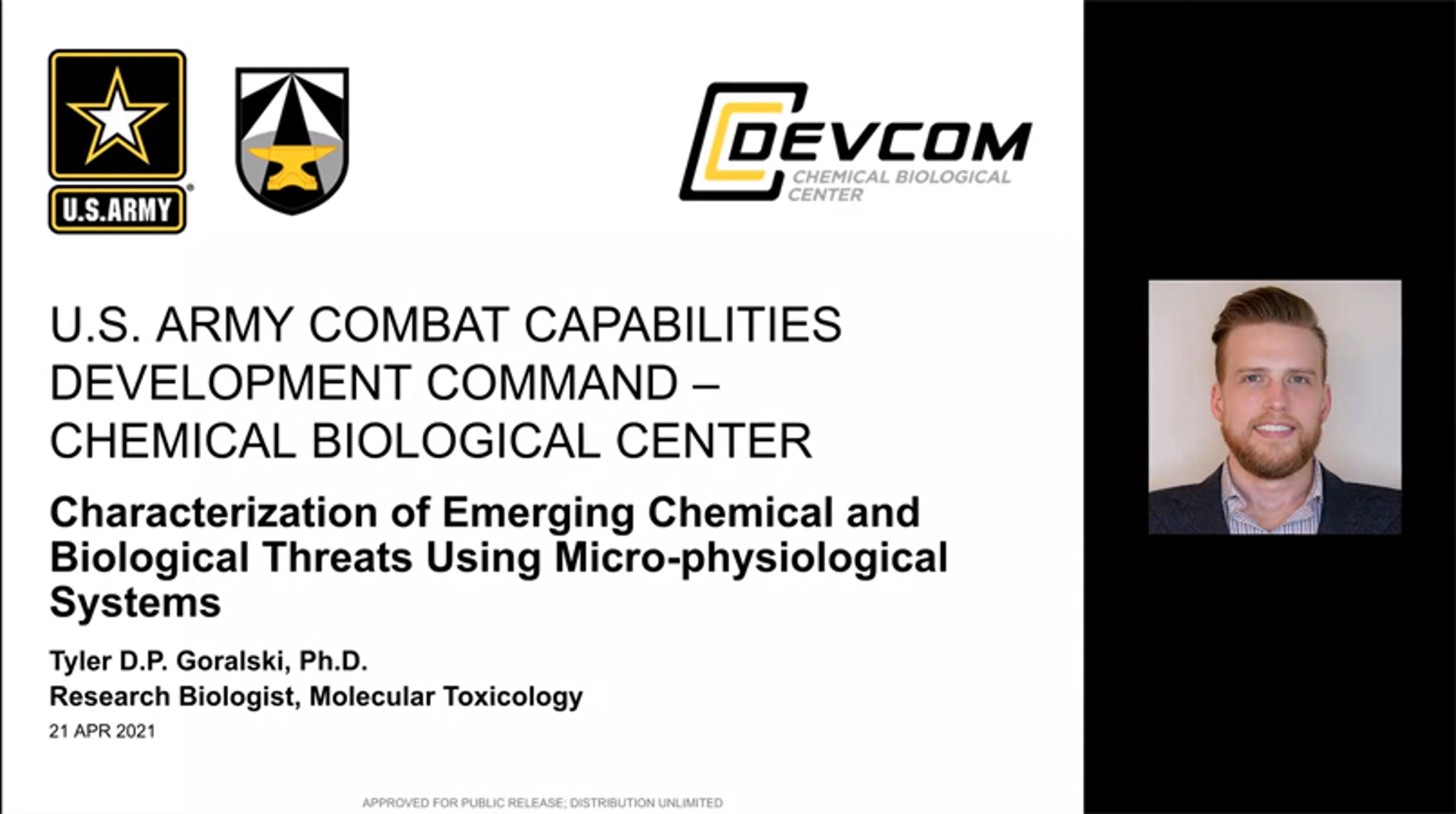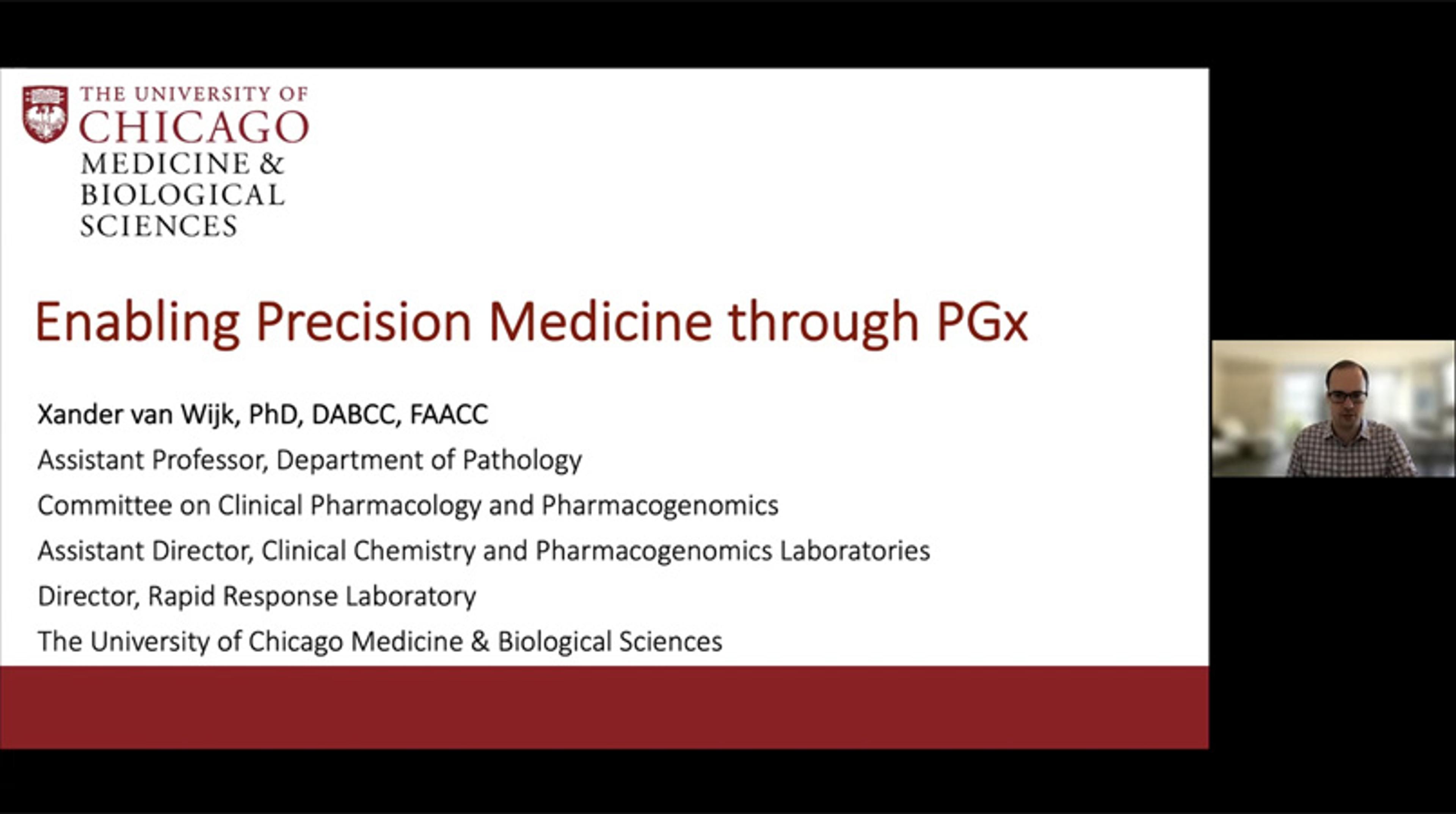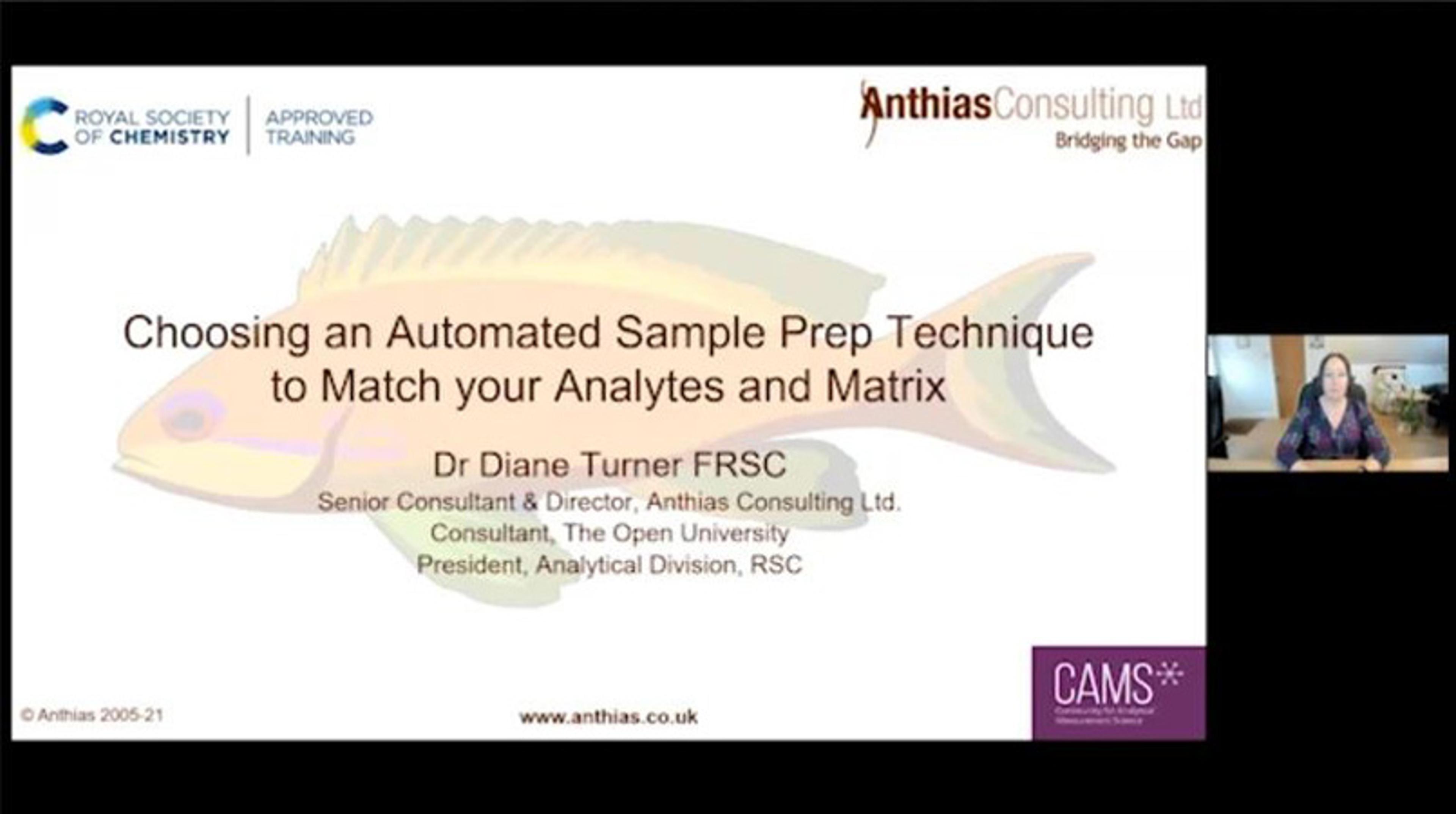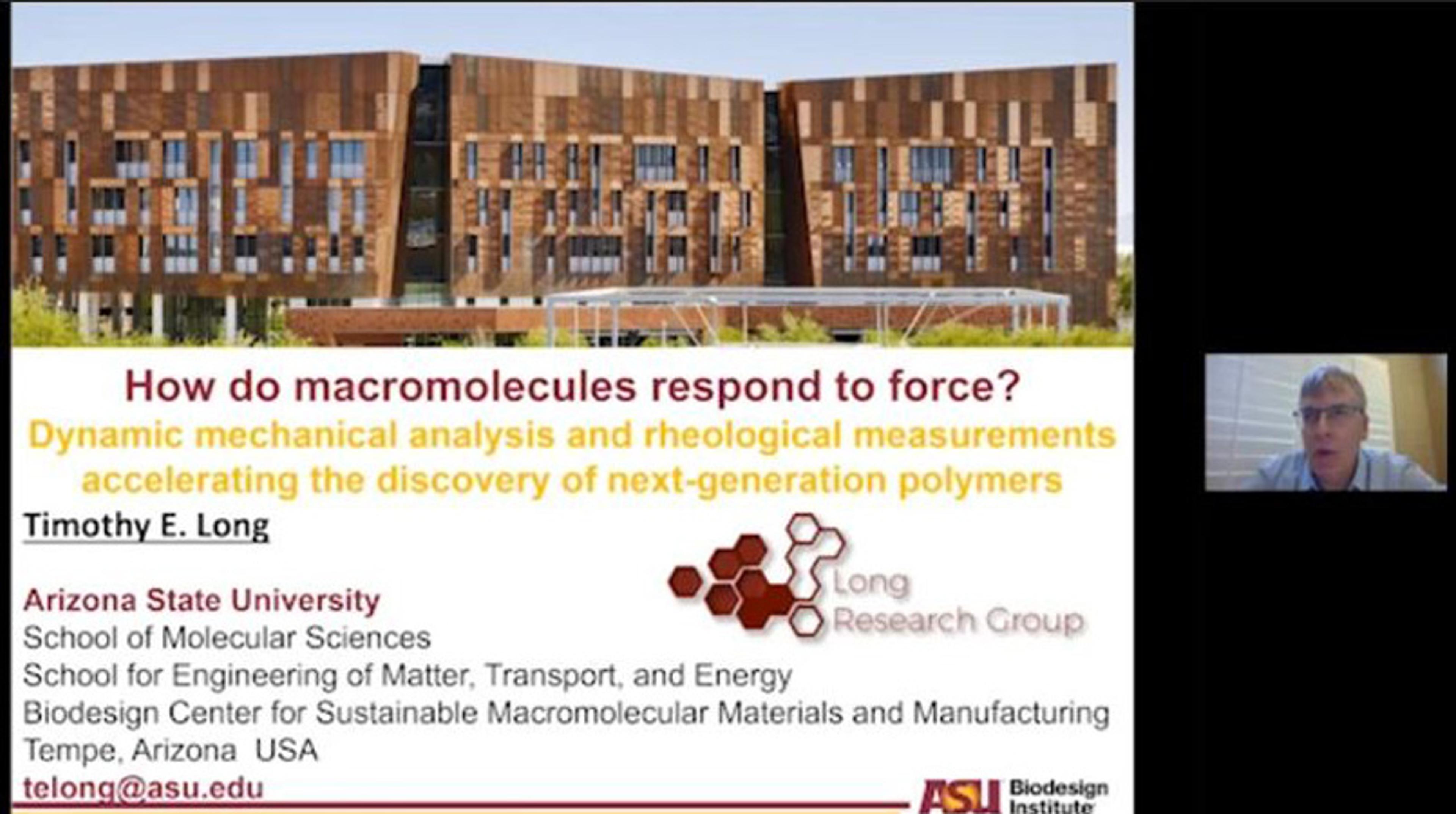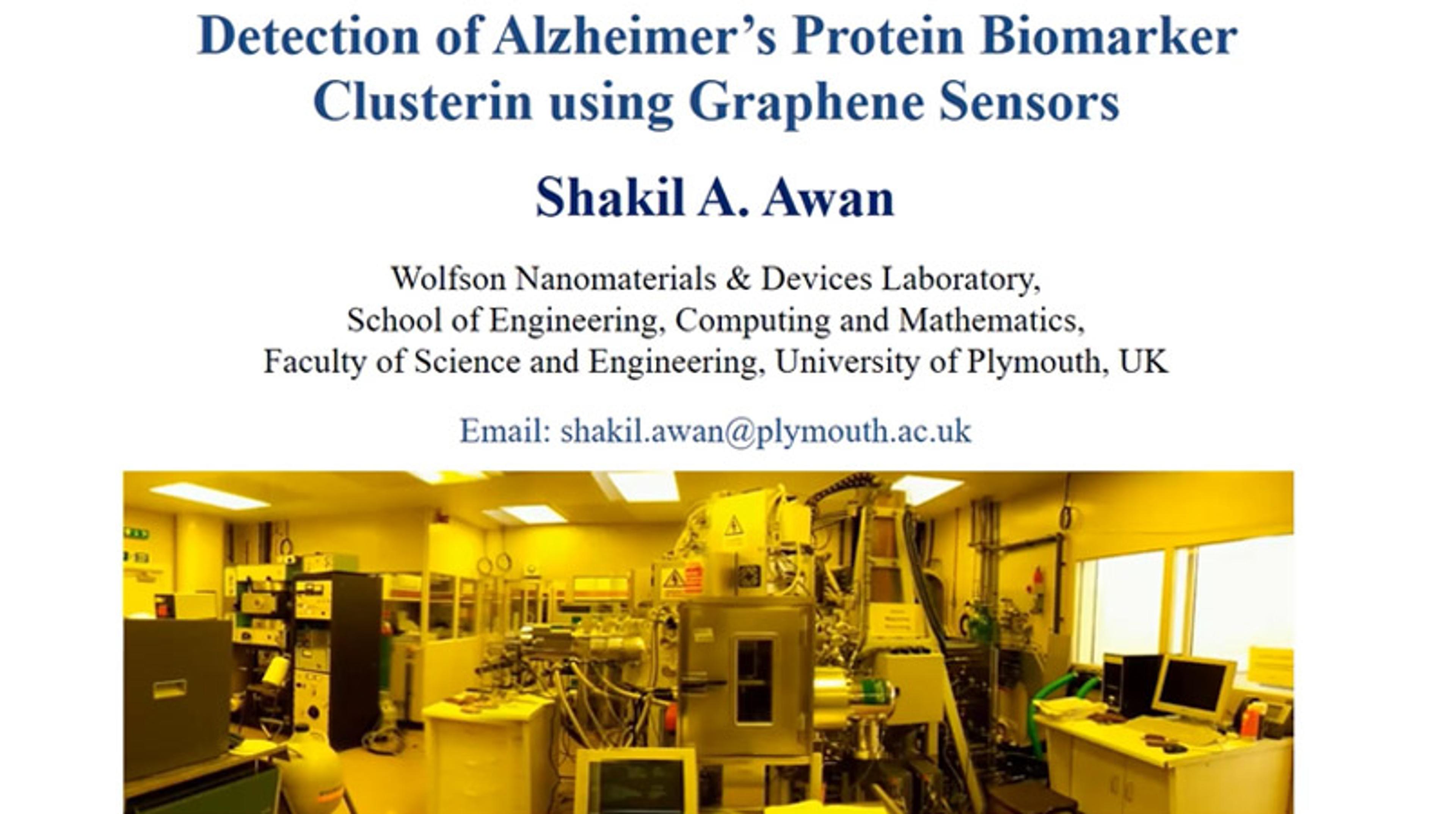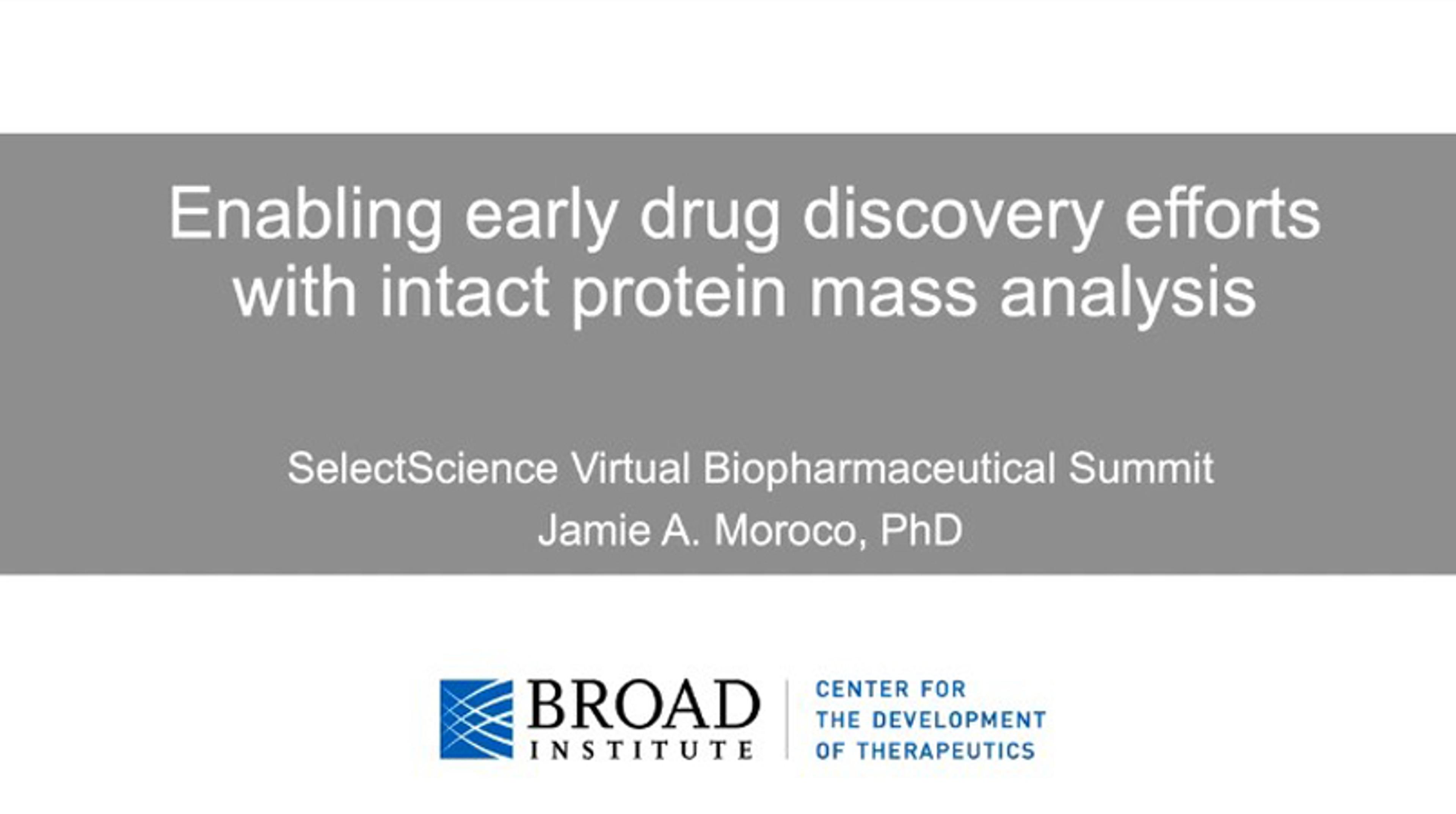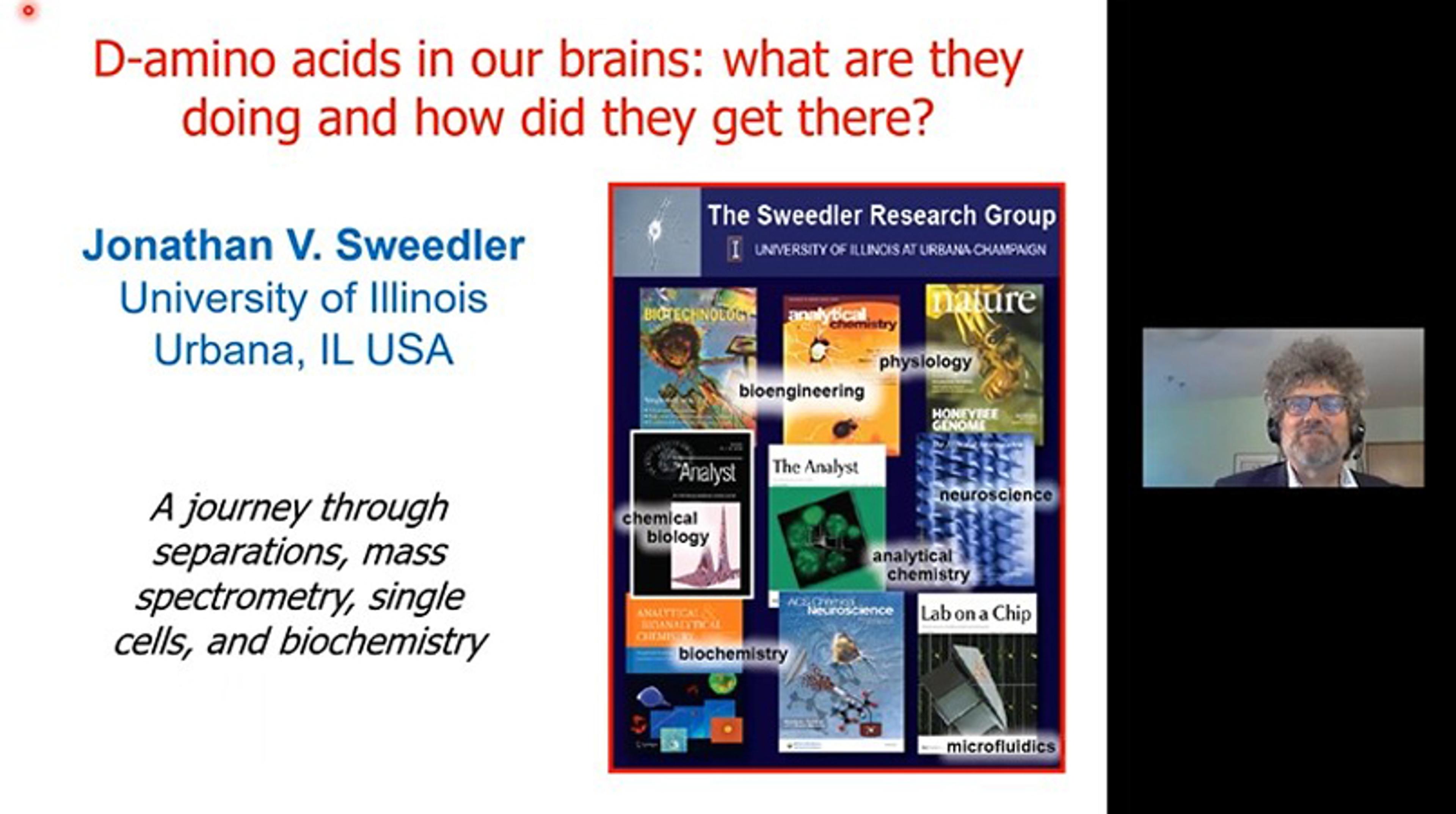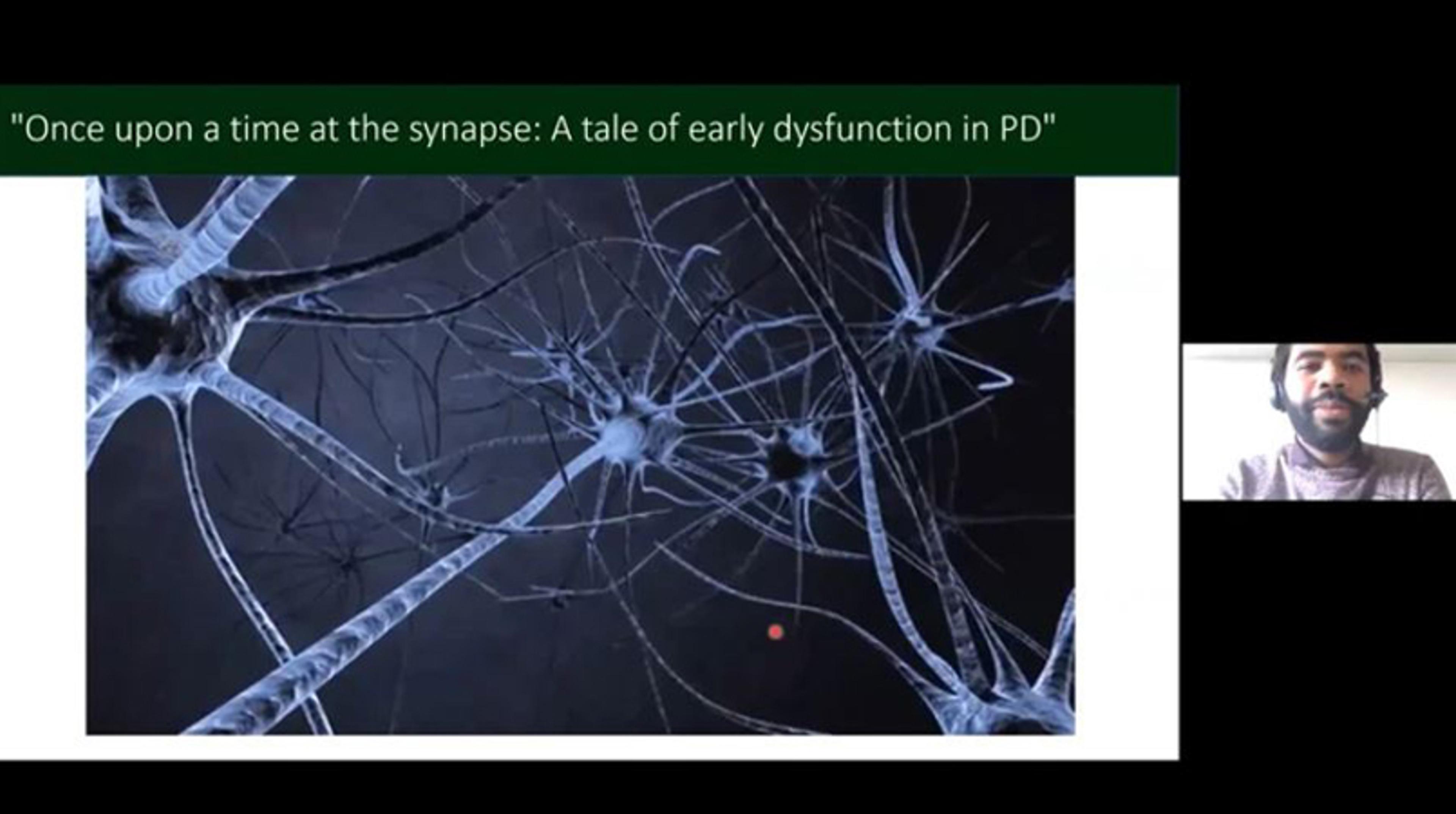Mimi Roy was Senior Director, Analytical Chemistry, at BioMarin. Her primary interests are scientific management and drug development (protein engineering, CMC, and translation sciences) with a focus on protein characterization, high-end molecular analytics including mass spectrometry and NMR. In 2014 she founded iON Bioservices, an analytical services & consulting firm and co-founded SensiBrace Technologies - obtaining a patent on a device to address carpal tunnel syndrome, a condition she suffers from. Previously she served as the US Site-Head of Caprion Inc. with oversight of science and sales, and as Director of Analytics at Sutro Biopharma. Mimi has a B.Sc. (Honours) from St. Stephens College, New Delhi and a M.S. from University of Sydney in Biochemistry. She completed a Ph.D. in Chemistry from Princeton University in 1998 specializing in Protein Design and Characterization, followed by a post-doctoral fellowship in DNA Design with Peter Schultz, Professor, CEO & President, The Scripps Research Institute, La Jolla. Mimi lives in San Rafael, California, and likes to spend her spare time with her family, practice yoga, and sing.


